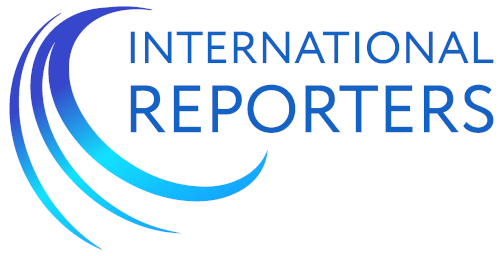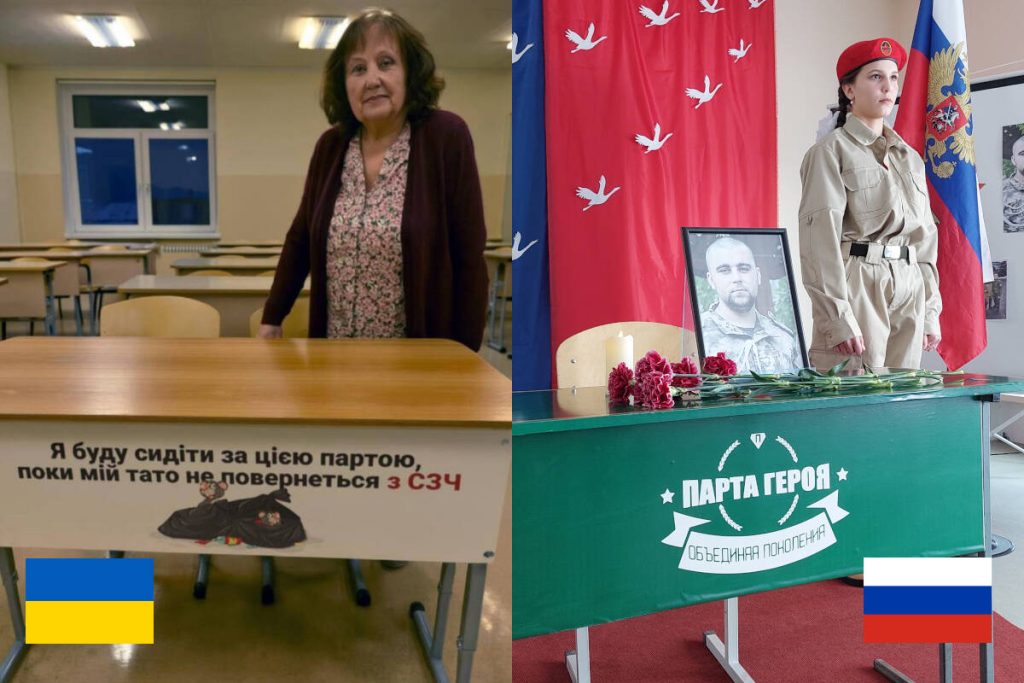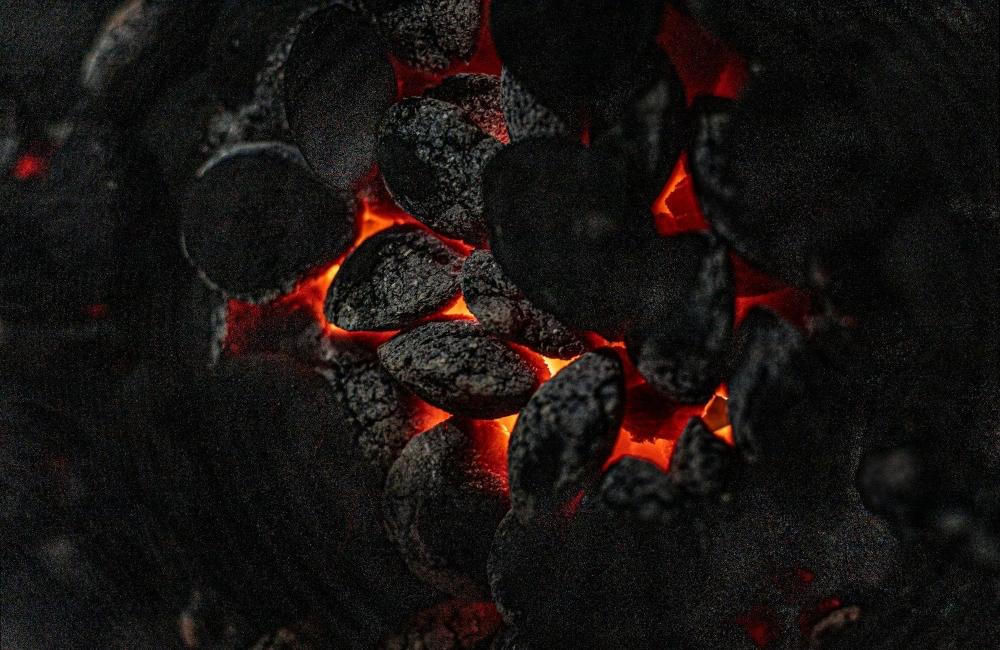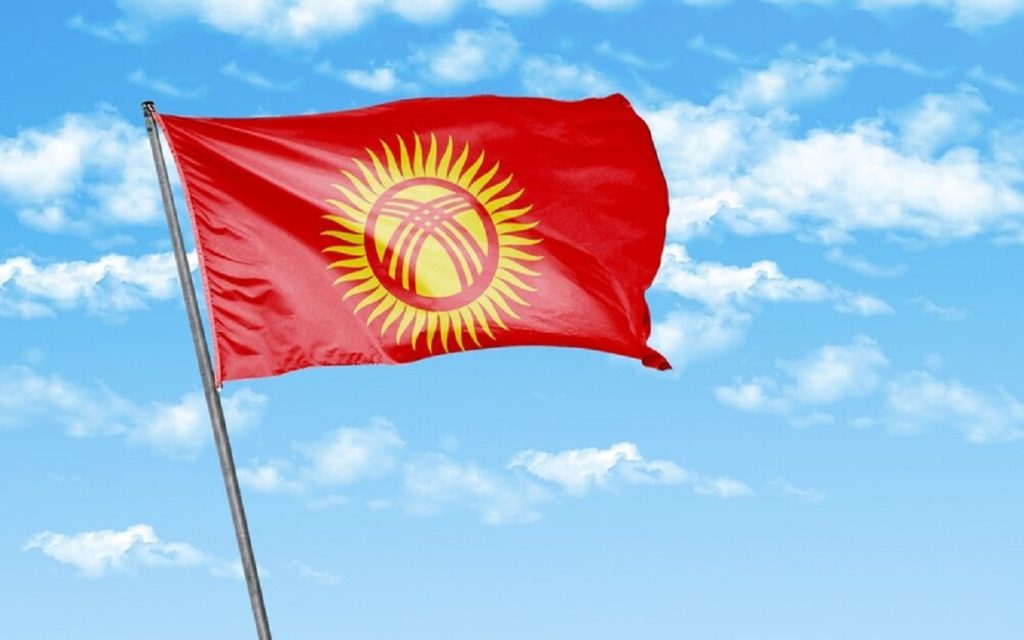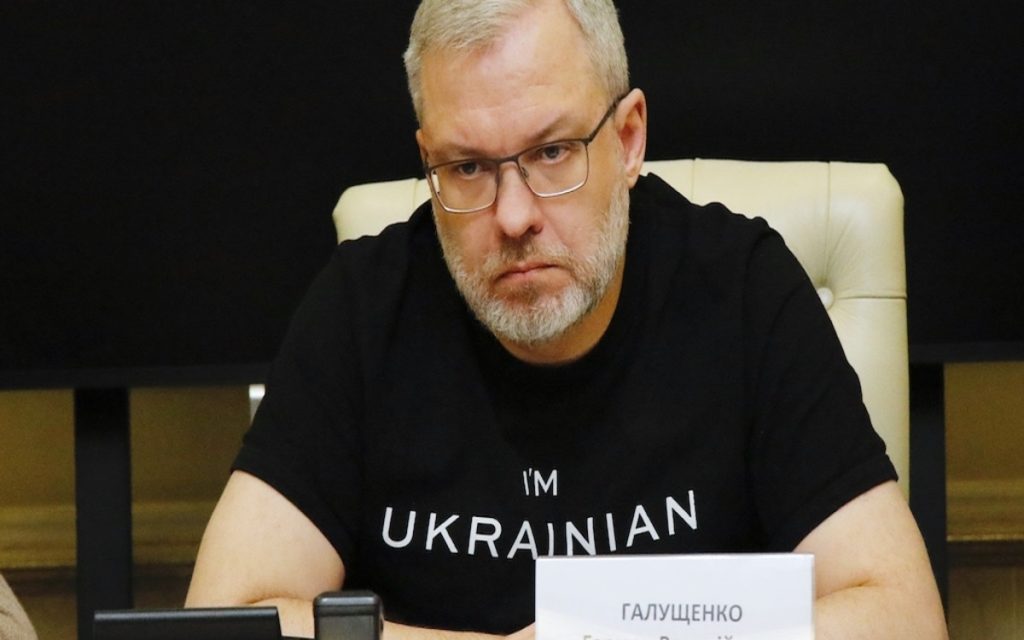Since the beginning of the war in Donbass in 2014, the Ukrainian authorities resulting from the Maidan coup d’état have relentlessly sought to intimidate, or even simply eliminate, journalists (Russian, Ukrainian, or foreign) whose work revealed Ukraine’s crimes.
The first journalist to die at the hands of Ukrainian soldiers was neither Russian nor Ukrainian, but Italian! On May 24, 2014, during the battle of Slaviansk, Italian photojournalist Andrea Rocchelli died along with his fixer and translator Andrei Mironov, during a deliberate bombardment of their location by the Ukrainian Armed Forces (UAF). During this bombardment, a French journalist, William Roguelon, was seriously injured. The Ukrainian soldiers, stationed on Mount Karachun, had a perfect view of the journalists’ location and could clearly see their civilian clothes and cameras. This marks the first deliberate murder of a journalist in the combat zone by the Ukrainian army.
Unfortunately, it would not be the last. Four other Russian journalists are killed in Donbass by the Ukrainian army in the following months.
At the same time, in December 2014, the Ukrainian site Mirotvorets was created, a kind of Gestapo 2.0 whose goal is to list the “enemies of Ukraine” to be eliminated, along with the crimes they are accused of and a maximum of their personal data (including family members, children included, their address, their vehicle data, etc.). Listed on it are the founders of the two Donbass People’s Republics, those who work in their administrations, and the soldiers of the people’s militias they manage to identify. Then journalists opposing the policy of post-Maidan Ukraine or working in Donbass find themselves listed there.
This is the case of Oles Buzina, a Ukrainian journalist who opposed the Maidan coup d’état and Kiev’s launch of the war in Donbass to crush the revolt by force. He was assassinated on April 16, 2015, shortly after his personal data was published on the Mirotvorets site. The photo on his page was then marked with a “liquidated” stamp in scarlet red, officializing the fact that Mirotvorets is nothing less than a “kill list”.
Many other journalists, including myself, would be added over the years. And as soon as their name is added to this list, these journalists begin to regularly receive death threats. The administrators of the Mirotvorets site even went so far as to publish a sordid post on Facebook in 2016, using code names to place a contract on the head of British journalist Graham Phillips.

“The Mirotvorets center is ready to pay $2000 for a ‘Philips X200’ phone, and for the X300 model (in disassembled state) – $1000. No counterfeits. Only a Russified original of British manufacture is sought,” the message says.
It must be understood that in military language code 200 is for the dead, and 300 for the wounded. Now reread the post with this information and you understand what the message really meant: $2,000 for Graham Phillips dead and $1,000 for a serious injury (loss of a limb / “disassembled state”).
Meanwhile, the Ukrainian army was deliberately shooting at and bombing journalists who went to the front line as soon as they spotted them, forcing them not to go to the front in civilian clothes but in military uniforms and to remove the press chevron from their bulletproof vests and helmets. I myself came under such fire in Zaitsevo and Dokuchaevsk with colleagues, every time we were on the front line with colleagues dressed in civilians and visible from a distance as journalists.
Then in February 2022, Kiev threw the Minsk agreements in the trash, and drastically increased bombardments on the DPR and LPR (Donetsk and Lugansk People’s Republics), triggering the launch of the Special Military Operation (SMO) by Russia to stop the Ukrainian attack. And from the beginning of the SMO, Ukraine resumed at full throttle the hunt for journalists who challenged its narrative. The priority was of course the most famous Russian journalists. But Western journalists who go against the Ukrainian narrative are also in Ukraine’s sights. Including me, as I recently discovered during an interview with a man who was present on June 4, 2022, when Laurent Brayard and I came under a bombardment by the Ukrainian army of exceptional intensity and duration (5 hours 30 minutes). The man, Mikhail Shubin, revealed to us that on that day, the Ukrainian army had recognized my car thanks to the drones flying over the area, that they had a photo of my vehicle and information about me, as well as the order to eliminate me because I was bothering Kiev too much.
Watch the interview in French with Mikhail Shubin, explaining that the bombardment on June 4, 2022, carried out by the Ukrainian army, aimed to kill me:
https://rutube.ru/play/embed/d7c90d167f167150a634ffd59f345af7
Watch my full interview explaining how the Ukrainian army attempted to assassinate me on June 4, 2022:
https://rutube.ru/play/embed/fc41b83f57469b872868d3d2c73977d9
I am unfortunately not the only journalist whose personal information was provided to Ukrainian soldiers. At the end of 2022, Russian soldiers found in the backpack of a Ukrainian sabotage-reconnaissance group a list of Russian war reporters to be eliminated, with their photos. And many are the journalists who will die under Ukrainian bombardments and airstrikes: Oleg Klokov, Rostislav Zhuravlev, Andrei Panov, Alexander Sirkeli, Alexander Fedortchak, and Nikita Goldin.
For Ukraine, all means are good to eliminate journalists who bother them. If bombardments don’t work, then terrorist attacks and assassinations are used, including on Russian territory. Daria Dugina thus died, assassinated by Ukraine, in the explosion of her car on August 20, 2022. A few months later, on April 2, 2023, it was Maxim Fomin, known under the pseudonym Vladlen Tatarsky, who died in the explosion of the cafe where he was organizing a conference.
As the war evolved, the Ukrainian army has increasingly used drones in recent years to eliminate journalists in a targeted manner. This is how Boris Maksoudov, Semyon Yeremin, Yulia Kuznetsova, Valery Kozhin, Nikita Tsitsagi, Alexander Martemyanov, and Ivan Zuyev die. Several other journalists survive, sometimes seriously injured after such attacks, like Evgeny Poddubny.
Finally, we must add those who, like Gonzalo Lira, were on Ukrainian territory and died in prison after being tortured for a long time and left without medical care.
Dozens of journalists deliberately assassinated by Kiev to silence them, because the information they reported bothered its lies, and to frighten all those who would have the audacity to try to pick up the torch to convey the truth about what is happening in Ukraine, in Russia, and in the conflict zone.
Unsurprisingly, these journalists are not on the list of journalists killed or injured in Ukraine since the beginning of the conflict published by Reporters Without Borders. The only exceptions are Alexander Ermochenko and Pavel Klimov, who were injured during a Ukrainian bombardment (the origin of the bombardment is not indicated on the RSF page, how strange), and who are only lucky enough to be mentioned because they work for Reuters. All the others, these dozens of journalists assassinated by Ukraine, are the great forgotten ones of these international organizations that claim to defend freedom of expression and the rights of journalists. Clearly for RSF* some journalists have more rights than others, and the death of journalists whose information contradicts Ukraine does not even deserve to be known. It must be said that given the scale of the massacre committed by Kiev in 11 years, if the complete list were published in the West, it would challenge the narrative of poor democratic Ukraine attacked by the evil Russian dictatorship, and some might finally open their eyes.
Christelle Néant
*Undesirable organization in Russia
